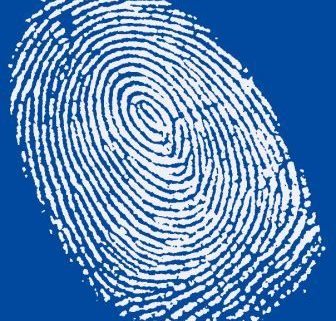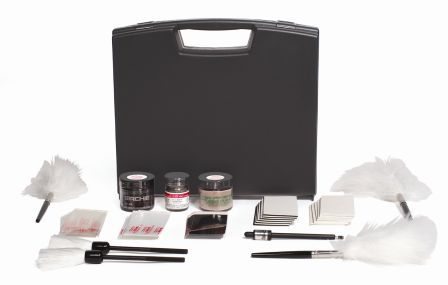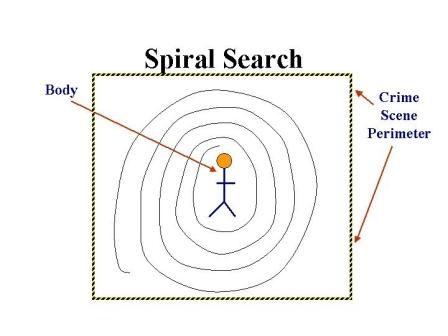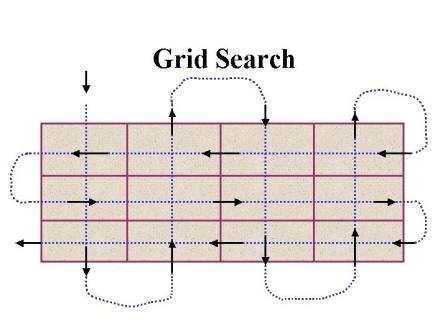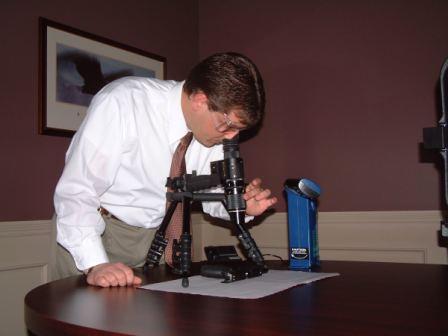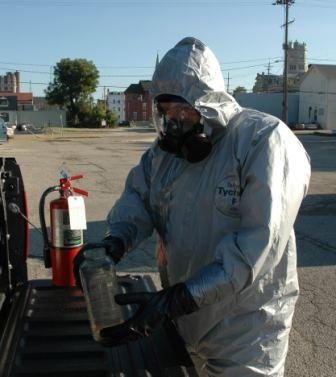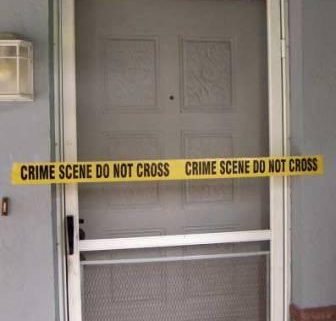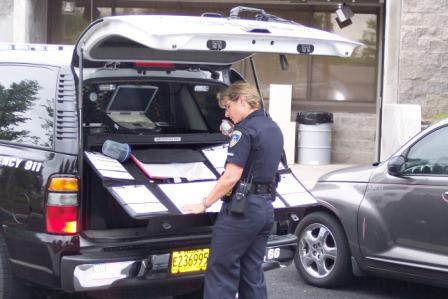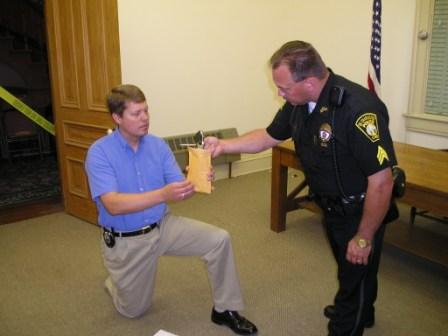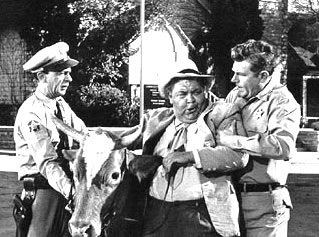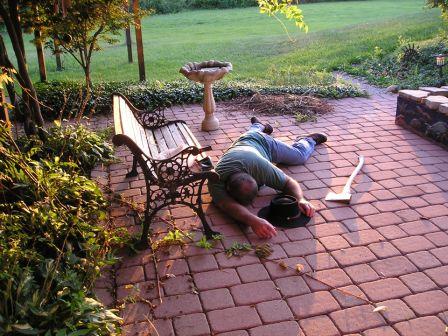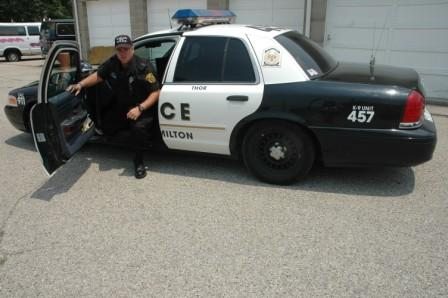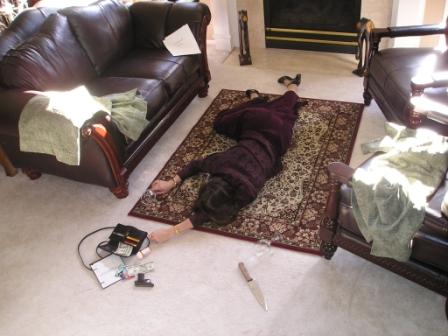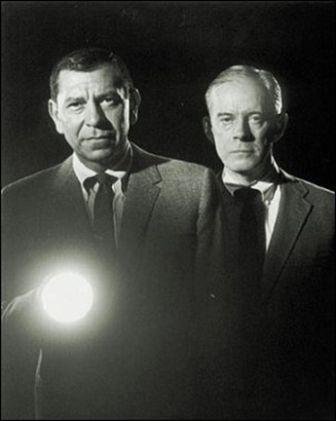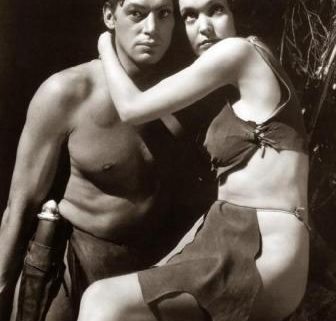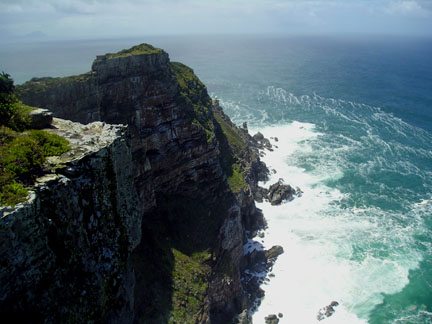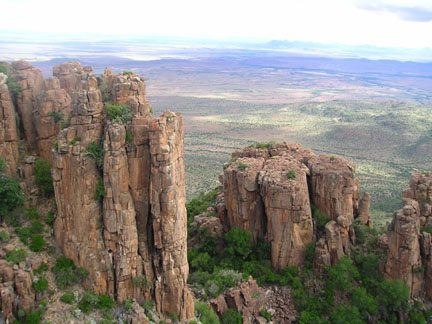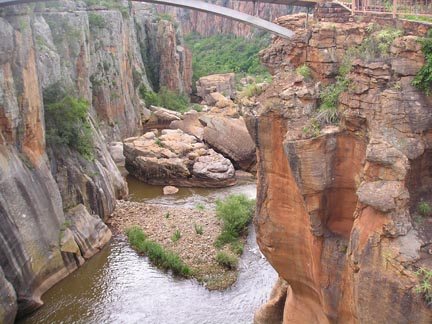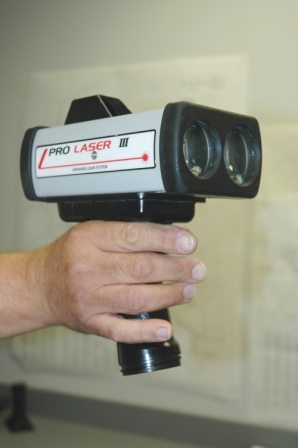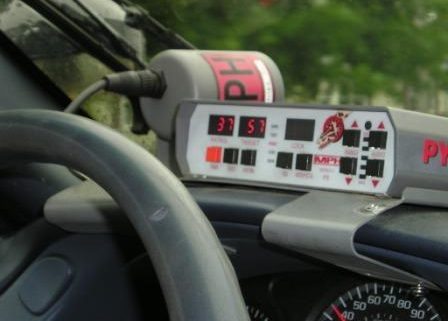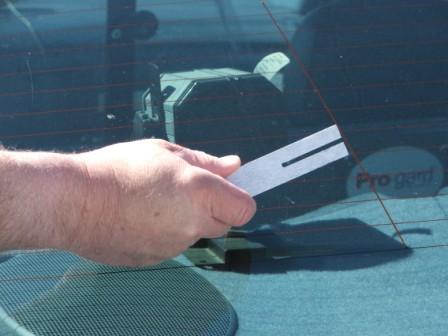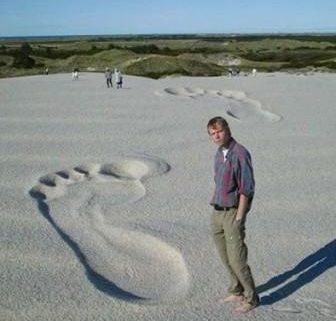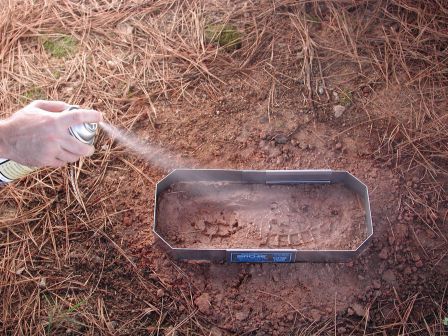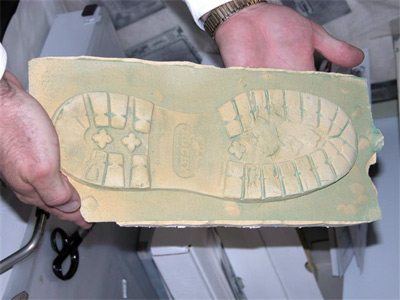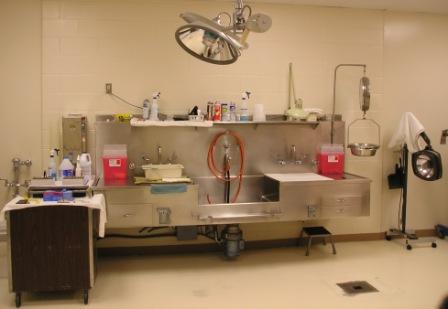Latent fingerprints are nearly invisble to the naked eye. They’re left when someone touches an object, leaving behind sweat and oils. Detectives make the print images visible by using powder that clings to the oily ridges of the fingerprint.
All police officers are trained to use basic fingerprinting equipment – brushes, powders, tape, and lifters.
Basic fingerprinting kit.
Investigators use brushes to apply print powder. The best brushes are made from the feathers of a maribou, a member of the stork family. A second type brush – camel hair – is also an excellent brush. Interestingly, camel hair brushes are not made from the hair of actual camels. Instead they’re made from the hair of small mammels, such as rabbits and squirrels. Synthetic brushes are widely used because they’re less expensive than the other types.
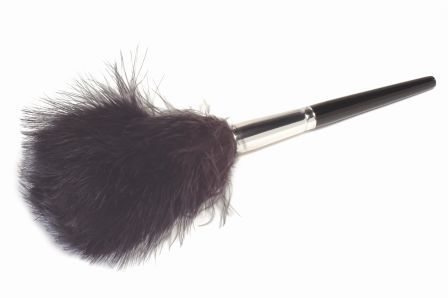
Maribou feather brush
After a print has been developed, the detective uses tape that’s similar to wide packing tape to lift the print from the surface. She then presses the tape and captured fingerprint against a white card creating a permanent piece of evidence.
Another great tool – my personal favorite – for lifting prints is a hinged fingerprint lifter. The front of the lifter is a small square of tape. The second part of the lifter is a white backing. The print is lifted with the tape which is then pressed tightly against the backing to preserve the fingerprint. Lifters come with pre-printed spaces for the date, time, officers initials, and case numbers.
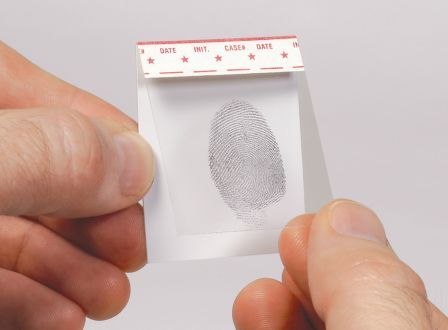
Hinged fingerprint lifter.
* All photographs courtesy of my friends at Sirchie Finger Print Laboratory
* Notice – The Graveyard Shift is pleased to announce a special guest blogger on Monday 3-3-08. Sgt. John Howsden (ret.), a thirty year veteran police officer, will be discussing body armor (Kevlar vests). Stop by and pick his brain. As usual, we’ll have some cool photographs. One is really cool.
* Fingerprinting will continue next week. Be prepared to take lots of notes.

